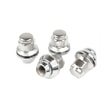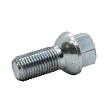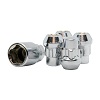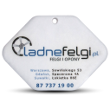What are rim spacers and what is worth knowing about them?
Rim spacers are a very useful solution used both in tuning and for rims that are less typical for a given car model.
Learn about the different types of spacers, when to use them, and how spacers affect driving and handling on the road or on a racetrack.
How do rim spacers work and why are they important?
Wheel spacers are mounted to the wheel hub and increase the track width on a given axle. They can be used with both steel and, more commonly, aluminum rims. Wheel spacers are installed for several different reasons. These may include:
- sports tuning – wheel spacers allow for more space for sports brakes (larger ventilated discs, four-piston calipers) and their better cooling;
- Optical tuning – installing spacers makes the car appear wider and more stable – it's important to remember that Polish law doesn't allow tires to protrude beyond the car's outline. Hence, additional 'mudguards' covering the protruding tires are a common sight;
- wider tires, less typical rims – if you want to use much wider tires or the rim width is different than the factory one, it may also be necessary to make room for them or move them away from vehicle elements that could rub against when turning;
- changing the bolt pattern – if you want to use rims with a different bolt pattern, you can change it using special spacers.
Often, when replacing brakes, tires, or rims with something other than the stock ones, it may be necessary to add extra space, without which the tire or rim would immediately contact the vehicle's interior, causing damage that would prevent further driving. This is why the use of rim spacers is often absolutely necessary and is a popular practice among many drivers and car owners.
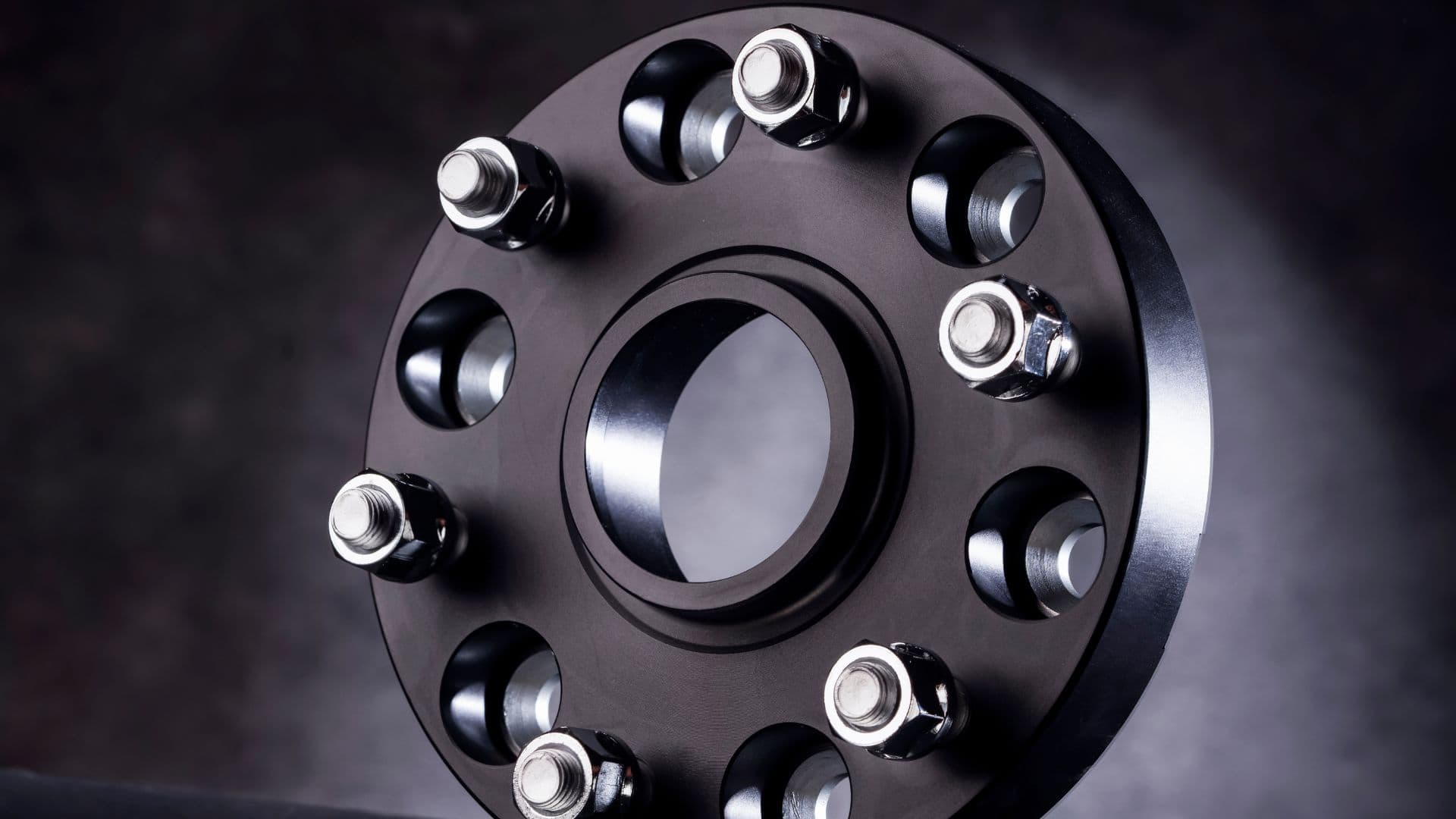
Types of rim spacers - what is worth knowing?
A wide range of different types of wheel spacers are available for various applications and sizes. These include:
- pass- through rim spacers without a centering collar – the cheapest and most frequently chosen when widening up to 6 millimeters on each side;
- through-hole wheel spacers with a centering collar – with a larger spacer, it must have its own centering collar, as the original one will be completely covered;
- wheel spacers screwed onto the hub – used, for example, when you want to change the bolt pattern – can also be found as wheel spacers with studs.
Also remember to use the correct mounting screws – both their length and the type of mounting (carrier, socket) or pins and matching nuts.
Installing rim spacers - how to do it correctly?
Installing wheel spacers isn't particularly difficult. If you plan to do it yourself, follow these steps:
- place the car on a flat surface with the wheels straight – put it in gear (preferably first), apply the handbrake and use a wheel chock under the wheel (not the one you will be removing);
- loosen the wheel bolts;
- lift the vehicle with a jack – remember to support the car at the designated points on the chassis;
- unscrew the bolts completely and remove the wheel;
- clean the hub of dirt and rust – use fine sandpaper, a wire brush or cleaning products designed for this purpose;
- When applying the spacer, make sure you have chosen the correct size – hole spacing, width and diameter;
- install the spacer – you can lubricate it with a special grease (ceramic grease) – remember to center it properly and to position the spacer correctly – the side with the chamfer (bevel) should face the center (hub);
- install the wheels by tightening the bolts crosswise with a torque wrench – without it it is easy to damage the wheels, especially aluminum rims , by applying too much force;
- lower the car off the jack and remove the chock from under the wheel;
- drive a short distance and make sure nothing is rubbing against anything;
- It is worth checking the bolts after driving 50-100 kilometers and tightening them if necessary.
The impact of rim spacers on driving - stability, comfort and safety
Installing wheel spacers significantly impacts the way a car handles. The primary difference is the increased track width, which significantly improves driving stability. High-speed cornering should become easier, meaning increased safety, especially in dangerous situations. If you've changed the wheel spacer to add more powerful brakes, this also significantly improves driving safety.
Wheel spacers also have a negative impact on ride quality – they reduce unsprung mass, which can cause accelerated wear of suspension components. This most commonly occurs in the form of accelerated hub bearing wear.
Choosing the right wheel spacers - factors worth considering
Choosing the right wheel spacers requires understanding several important parameters. First, you need to decide on the spacer width. In cases where the rim needs to be moved out of the way to make room for the brake, it's easy to check how much distance is needed. The same applies when using less common rims. For visual tuning, the change is limited by ensuring the wheels don't protrude beyond the vehicle's outline and don't interfere with the wheel arches. For spacers up to 6 millimeters, you can use a straight-through version without a flange.
For larger widths, they should have a flange, as the hub flange will be completely covered by the spacer. In both cases, longer bolts are usually required to secure the wheel – not too long, as bolts sticking out too far can cause serious damage. If you decide to change the bolt pattern with spacers bolted to the hub, be sure to completely retract the spacer mounting bolts. In this case, you can tighten the wheel with the factory bolts.
It's also important to check that the spacers are made of a good, durable material. The standard material is aluminum, or rather, various alloys with various additives.
Also, remember that the spacers should not be larger than the hub diameter, and in fact, they should be slightly smaller. This difference may be necessary when truing the rim.
Aesthetics of rims with spacers - how to achieve the desired visual effect?
Very often, the main effect you want to achieve with wheel spacers is the aesthetics of the rims, which look better when they're not deeply recessed in the wheel arches. The width of the rims you choose has a significant impact on the overall appearance of the car. If they're smaller than the factory specifications, offsetting them with spacers will significantly improve the car's stance and give it a more solid and serious look. To determine how much the rim can be offset from the hub, measure the distance between the tire and the fender edge. However, you should also consider the possibility of tire deformation at lower pressures or during fast cornering. Measurements should be taken for each axle, as you can easily use different wheel spacers for the front and rear. Many people associate wider or wider rear tires with a very sporty look.
Wheel spacers are very useful in a variety of situations. Their use is completely legal, and you can easily install them yourself. However, it's worth getting an alignment after every wheel installation. If you don't feel comfortable doing this, a professional at a car repair shop will surely be able to properly install wheel spacers on your car.

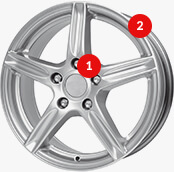

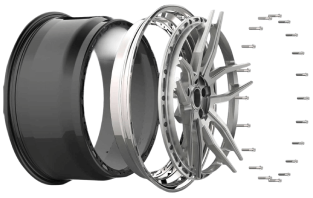
 Modern design
Modern design Perfect fit
Perfect fit High durability
High durability Free shipping within 24 hours
Free shipping within 24 hours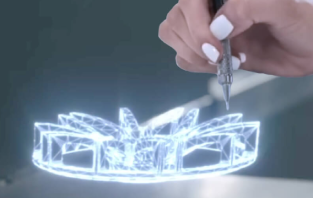
 Individual project
Individual project Dedicated caregiver
Dedicated caregiver
